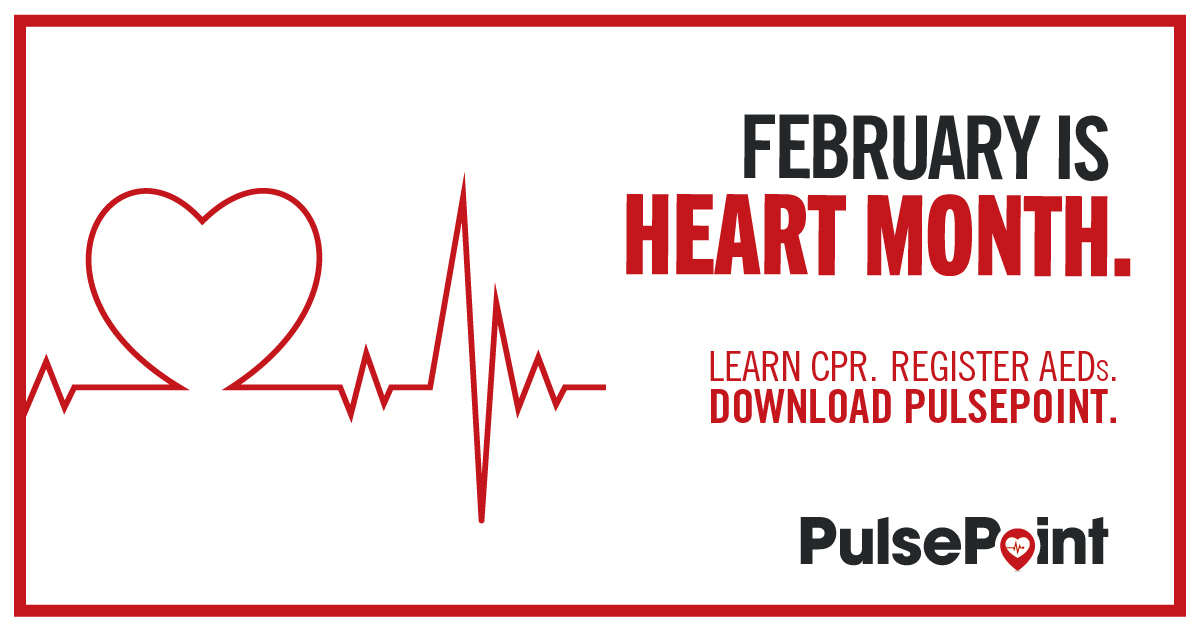Download the PulsePoint CPR App

PulsePoint is a free app that connects devices to 911. Downloaded from the Apple App Store or Android Apps on Google Play, it connects devices to 911. PulsePoint alerts citizen volunteers trained in cardiopulmonary resuscitation (CPR) about emergency calls awaiting response from Sioux Falls Fire Rescue (SFFR) and emergency medical services (EMS). These alerts include the patient’s location and where to find the nearest automated external defibrillator (AED) so citizen rescuers can offer CPR while SFFR and EMS are on the way. Prompt treatment helps save lives in cases of cardiac arrest.
To install the PulsePoint app simply search PulsePoint in the Apple App Store or in Android Apps on Google Play.
For those who’d like to help but lack training, hands-on CPR is easy to learn. Click here for a quick lesson.
PulsePoint30 from LightsOut on Vimeo.
Frequently Asked Questions
How does the my.siouxfalls.gov account work?
A username and password are all that’s needed to set up an account. Then you can sign up for PulsePoint, check out the City’s job listings, and learn about all departments and divisions!
How do you know if people are volunteering for CPR/AED assistance are really trained?
It’s easy to learn cardiopulmonary resuscitation (CPR) in group sessions, take-home DVD-based courses, or by watching brief online videos. (Automated External Defibrillators (AEDs) need no training.By calling 911, you can receive guidance on how to perform hands-only CPR.
Does the app raise any HIPPA or other privacy concerns?
The Health Insurance Portability and Accountability Act (HIPAA) protects health information privacy. On a ‘CPR Needed’ notification, the app reports only an address (in a public place) and a business name, if available. The app has an optional Location-Based Service (LBS) feature that uses your mobile device’s location to showincidents around you. Even if you opt in, only your current location is stored. Your identify is never revealed to PulsePoint.
Can I be successfully sued if I help a victim in distress?
South Dakota’s Good Samaritan law “provides immunity from civil damages for individuals who render emergency care, in good faith, for those in need.
How do you prevent someone from using the CPR/AED notification to steal from or otherwise take advantage of a cardiac arrest victim?
Someone must call the 911 emergency number to begin a normal public safety response to activate the app. That means it’s unlikely the victim is alone. Further, the app is only activated for incidents in public places (not at someone’s home) on devices in the immediate vicinity of the victim.
Could the app make a CPR/AED notification when CPR is not needed?
Yes. With dispatchers making rapid over-the-phone assessments of patients based on the observations of untrained callers, an incorrect determination can be made. Such a situation could occur with someone who just had a grand mal seizure, passed out from too much alcohol, or has very high blood sugar. But if you tried to do CPR he or she would probably moan and even try to push you away. Also, an AEDwill not deliver a shock when a heartbeat is present.